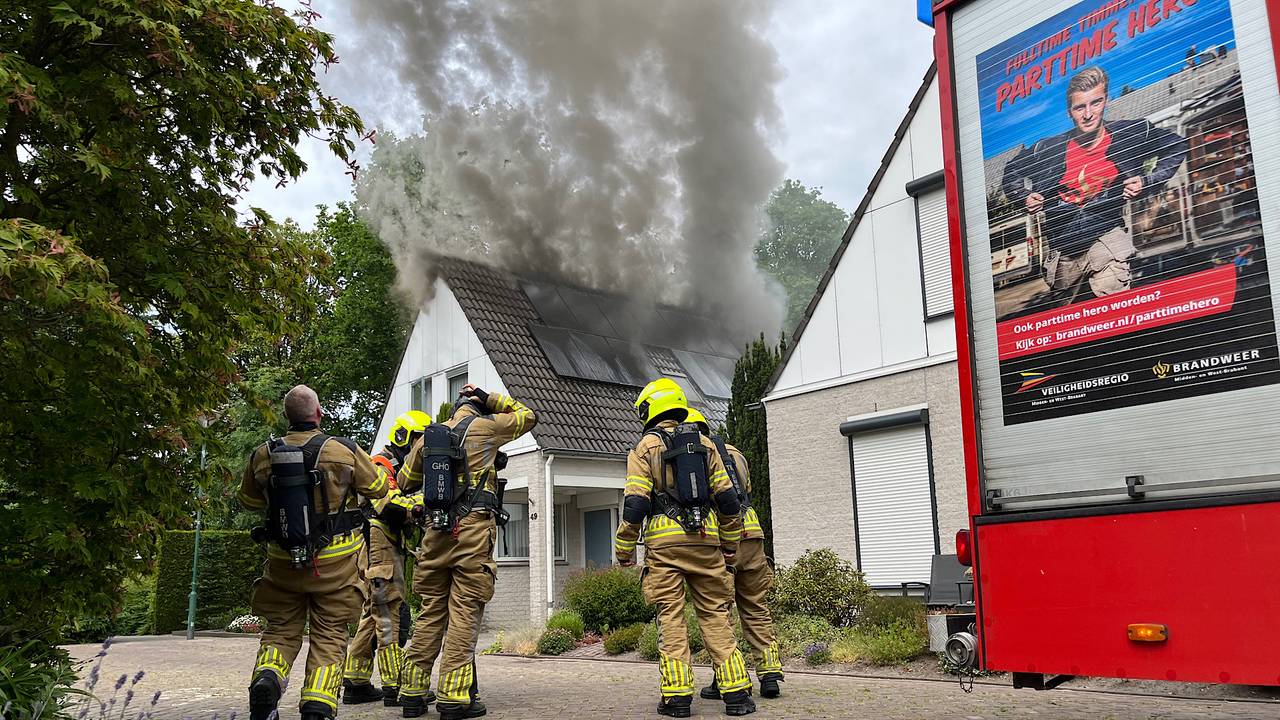In Lencloître, analyzes carried out at the end of May revealed in water wells a high content of chlorothalonil metabolites, residues of a fungicide used in agriculture until 2020.
As the weeks go by, the authorities discover the extent of the contamination of drinking water with metabolites of chlorothalonil, residues of a fungicide authorized until 2020. After the closure of a borehole in Cuhon, Eau de Vienna was forced to close, at the end of May, two new catchments in Lencloître, about twenty kilometers from the first polluted zone.
The levels of chlorothalonil metabolites there exceeded the “sanitary threshold”, setting the limit beyond which the water is no longer considered drinkable, namely 3 µg/L. In all, two of the three Lencloître boreholes were condemned urgently. Last weekend, the surrounding municipalities even came close to being subject to the Orsec plan, triggering the requisition of exceptional means (tank trucks, bottles of water, etc.) to guarantee supplies.
Eau de Vienne then decided to replace the activated carbon filter used to treat the water drawn from Lencloître. This operation, the cost of which amounts to 50,000 euros, will enable the water treatment service to reopen one of the two contaminated boreholes.
“We are only going to reopen one of the two Lencloître boreholes because the other is particularly contaminated.explains the public administration. The carbon filter may not be able to process as much chlorothalonil at once.”
Especially since there is a lack of scientific data on the effectiveness of activated carbon treatment of such levels of metabolites. “We know that it is effective on chlorothalonil residues, but this is the first time that it has been tested on such high concentrations”specifies Eau de Vienne.
In Cuhon, the Vienne treatment service had abandoned the idea of treating polluted water: the borehole had to close for lack of sufficient infrastructure.
An extensive study of the department’s water quality is expected by the end of June. Of the 140 catchments of the Eau de Vienne network, only the boreholes of Cuhon and Lencloître would be contaminated to the point of exceeding the health threshold. However, according to our information, the analyzes revealed levels of chlorothalonil metabolite exceeding the “quality threshold”, set at 0.1 µg/L.
And report of theNational Health Security Agency (ANSES) estimates that a third of the water distributed in France does not meet this quality standard.
However, the law provides that exceeding this threshold can only last three years, a period of compliance renewable once. After six years, water suppliers are forced to implement the means to drop below 0.1 µg/L. The depollution of drinking water is therefore just beginning.
#Vienna #water #boreholes #contaminated #fungicide #residues


